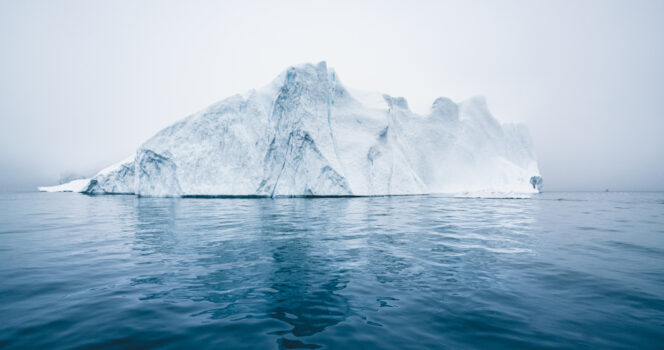‘Doomsday Glacier’ could swallow major cities amid collapse risk
‘Doomsday Glacier’ Threatens to Drown Major Cities as Collapse Risk Grows
Three of the world’s most iconic cities could face catastrophic flooding if Antarctica’s Thwaites Glacier — ominously nicknamed the “Doomsday Glacier” — collapses. Scientists now warn that possibility is becoming more realistic than ever.
For years, climate change has been linked to rising sea levels, extreme weather, and warming global temperatures. But new findings about Thwaites, published by BBC Science Focus, underscore just how devastating the consequences of its collapse could be.
A ticking time bomb of ice
The Thwaites Glacier, located in West Antarctica, contains enough frozen water to raise global sea levels by more than two feet. Even more concerning, experts say a complete collapse could destabilize the surrounding Antarctic ice sheet, unleashing a chain reaction that sends oceans surging upward by as much as 10 feet.
That rise would submerge parts of major coastal cities such as London, New York, and Bangkok — densely populated urban hubs that are also among the world’s most visited destinations.
A glacier riddled with hidden lakes
Since 2018, researchers have studied Thwaites through the International Thwaites Glacier Collaboration (ITGC). Their latest findings are deeply troubling: beneath the ice lie “hidden lakes” that may be accelerating its disintegration faster than previously believed.
A March 2025 study led by Professor Noel Gourmelen of the University of Edinburgh confirmed that drainage from these subglacial lakes is directly fueling ice loss.
“We expected that water draining from beneath the ice sheet plays a role in ocean melting,” Gourmelen explained. “But the sheer magnitude of this drainage gave us the chance to observe and measure its true impact. It effectively turbo-charged Thwaites’ retreat.”
This acceleration comes during a year when the Southern Hemisphere is already experiencing record-high temperatures, raising further alarm that the glacier may be melting faster than models predicted.
“The game has changed”
Dr. Alastair Graham, a marine geologist at the University of South Florida and ITGC researcher, stressed the significance of the findings. “If Thwaites Glacier collapses, it would cause a sea-level rise of about 65 cm (25 inches),” he told News.com.au. “This year is really different. It’s very difficult to recover from this in one season. The game has changed.”
A looming global crisis
Although scientists note the glacier’s total collapse could still take decades — or even centuries — the latest evidence suggests the tipping point may be much closer than once hoped. If that threshold is reached, the consequences will be global, threatening coastlines, economies, and millions of lives.
The so-called “Doomsday Glacier” is living up to its name — and experts warn the world must prepare for what could be one of the most destructive climate events in human history.






